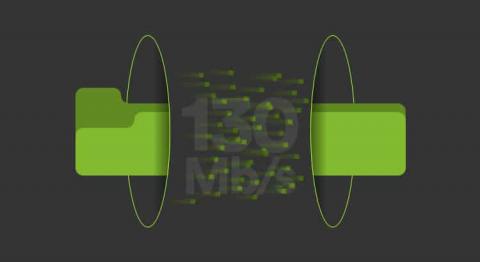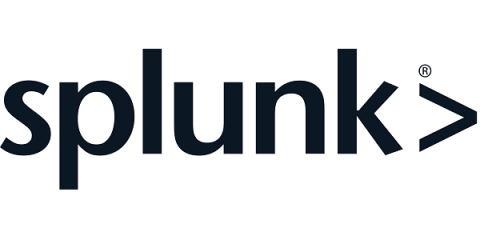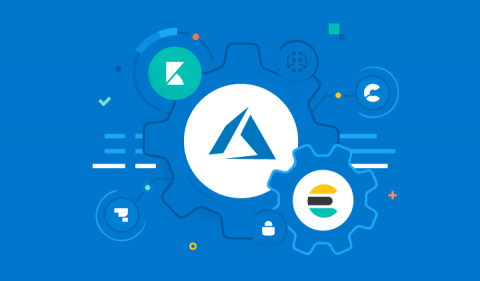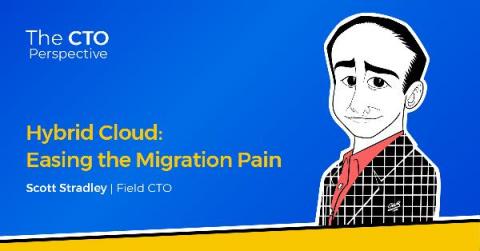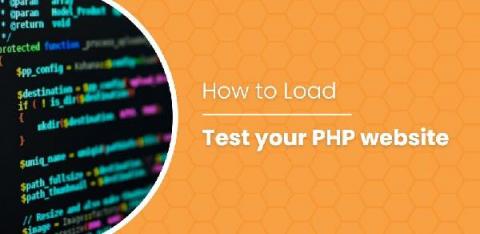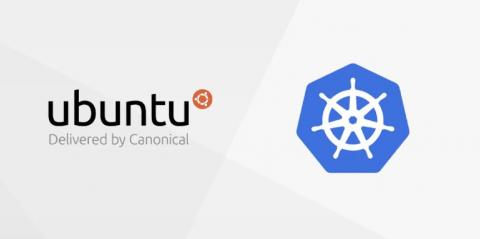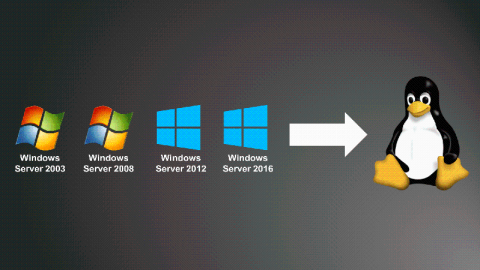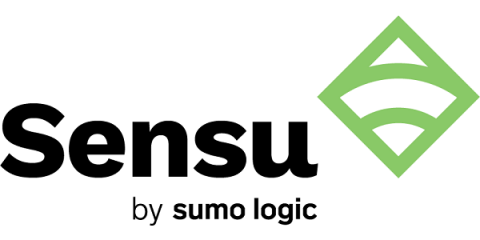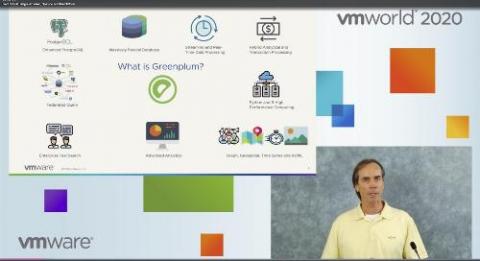What is bandwidth and how does it affect your connections?
What is bandwidth? Over the last few years, and at the dawn of the very celebrated arrival of the Internet into our homes and our beloved cell phones, concepts such as bandwidth, previously restricted to more technical contexts, have come into our lives hand in hand with waves of experts who recommend this or that connection based on criteria that usually fits your brother-in-law’s wisdom.


